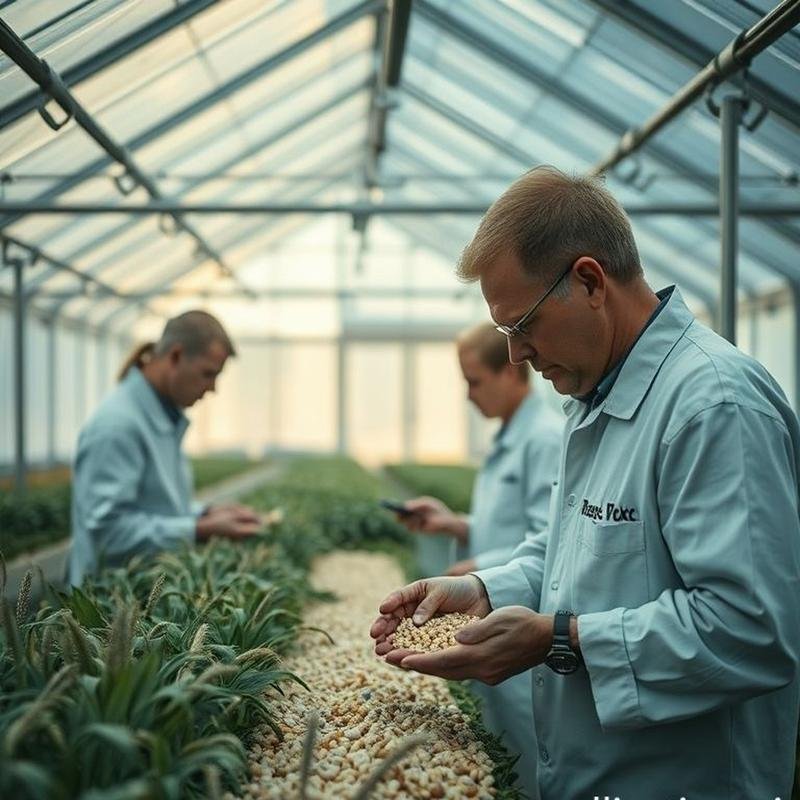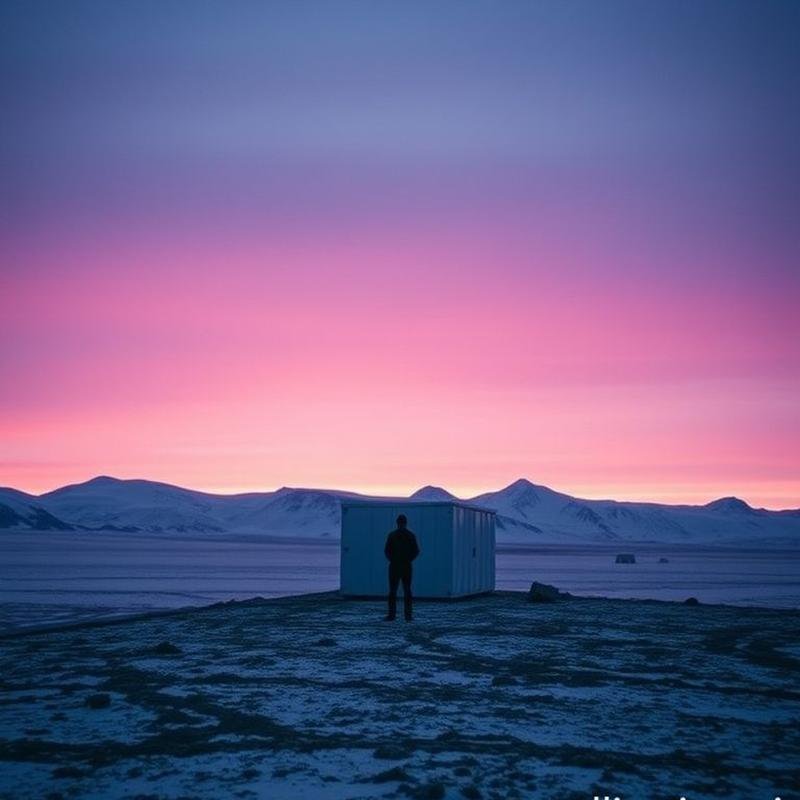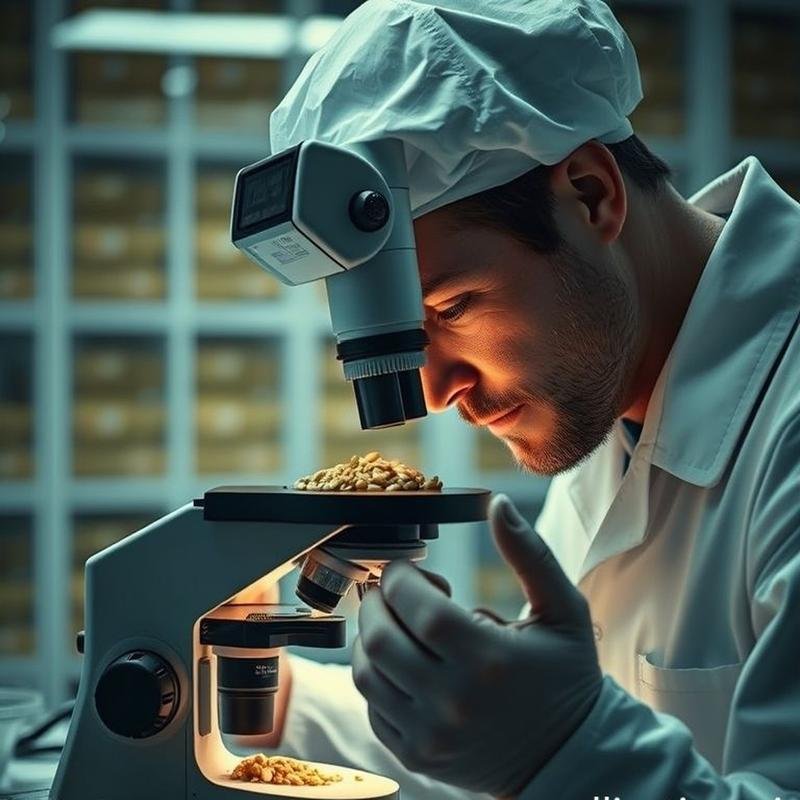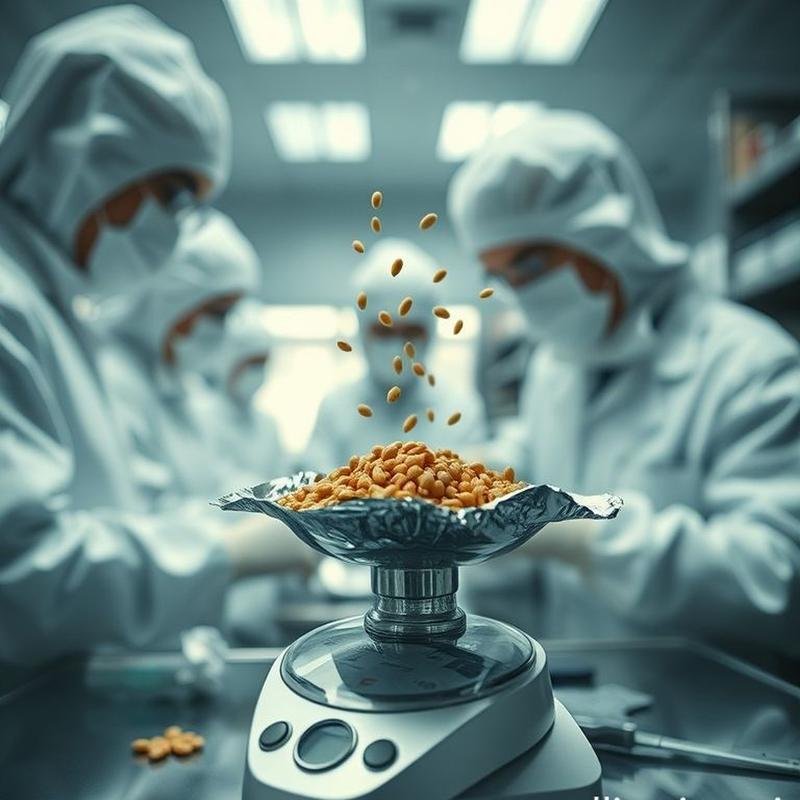Doomsday Vault: Humanity’s Last Hope or a Gilded Cage? 📜🔬🤯

Doomsday Vault: Humanity’s Last Hope or a Gilded Cage? 📜🔬🤯
Before we unearth its deepest secrets, what future do you believe it holds? Subscribe now to peel back every layer with us.
Within the vault’s icy embrace lies not just a seed, but over 1. 2 million samples – a veritable Noahs Ark of plant life, gathered from nearly every nation on Earth. The overwhelming majority represent the silent workhorses of civilization food crops. Wheat, rice, barley, maize, sorghum – the very staples that nourish billions. Alongside these lie an astonishing diversity of beans, lentils, and other legumes, our crucial sources of protein in a world increasingly threatened by instability. Perhaps even more vital are the wild relatives of our domesticated crops. These unassuming plants hold within their genes the potential to breed resilience against the ravages of climate change and resistance to devastating diseases.
Selection is a science in itself, prioritizing crops vital to global food security and agricultural biodiversity, with a keen eye for unique or endangered varieties. Each seed undergoes meticulous preparation dried to a mere 6% moisture content, then hermetically sealed within airtight foil packages before a final heat-sealing. This ensures their slumber will last not just for decades, but potentially for centuries, perhaps even millennia. While food crops reign supreme, the vault also shelters seeds of medicinal plants and select tree species, a comprehensive, if not complete, attempt to secure life’s fundamental building blocks.
But can these seeds truly endure? The science rests on the delicate promise of suspended animation. Orthodox seeds, the agricultural mainstays, are desiccated to an almost ethereal dryness – a mere 5% moisture or less. Then, they are plunged into the vault’s -18°C embrace, where their metabolic processes slow to a near standstill. Under these carefully maintained conditions, they could potentially slumber for centuries. A study published in Seed Science Research cautiously suggests that some wheat varieties might lose only a half-percent of their viability each year.
However, this cryogenic sanctuary isnt a universal panacea. Non-orthodox, or recalcitrant, seeds – the avocados, the mangoes, the very essence of tropical abundance – cannot withstand such treatment. They shrivel and perish under drying or freezing, their fleeting lifespans measured in weeks, not millennia. And even for the hardy orthodox seeds, the vault offers no absolute guarantee. Initial seed quality is paramount. Storage temperature demands unwavering precision. Moisture, even in the slightest trace, remains a persistent foe. DNA damage, the insidious accumulation of microscopic injuries, continues its tireless work. The water intrusion of 2016, a chilling reminder that even the most formidable structures are vulnerable, laid bare the inherent fragility woven into even the grandest of designs.
Entombed 120 meters inside a Norwegian mountain, the Svalbard Global Seed Vault is designed to endure earthquakes and even explosions, its blast-proof doors and ever-vigilant security offering a comforting illusion of invulnerability. Yet, nature and geopolitics are forces that even the most formidable vault cannot entirely defy.
The 2016 water intrusion served as a chilling premonition. Unexpectedly high temperatures triggered permafrost melt, a stark reminder that climate change is an active and relentlessly evolving threat. While the water thankfully spared the seeds, the vault’s reliance on permafrost to maintain its critical -18°C storage temperature faces an increasingly uncertain future as Arctic temperatures relentlessly climb. Beyond the raw power of the elements, political stability, though currently secure, offers no guarantees. The Svalbard Treaty grants numerous nations rights to the islands resources, a potential flashpoint for future conflict. Even access to the seeds themselves is governed by a complex, decentralized system. The individual gene banks retain ownership, requiring their explicit permission for any retrieval. In a global crisis, severed communication lines could paralyze even the best-laid plans. The vault stands as a fortress, but its defenses, upon closer inspection, reveal unsettling cracks.
Beyond the vault, the implications ripple outwards, a stark reminder of what’s at stake. While Svalbard stands as a guardian, safeguarding over a million seed varieties, the alarming truth is that crop diversity has plummeted by a staggering 75% in the last century. The Irish Potato Famine, a haunting echo of the past, claimed over a million lives, a tragedy fueled by the peril of genetic uniformity.
But even in the face of such daunting challenges, hope blooms. The Millennium Seed Bank Partnership has undertaken the monumental endeavor to conserve a quarter of the world’s wild plant species, a goal that, while still in progress, shines as a beacon of dedication. And in the Philippines, after devastating typhoons threatened to cripple the nation, rice production was resurrected, a testament to the power of preservation, using seeds from the International Rice Research Institute’s gene bank. Now, a new frontier beckons climate-ready crops. CRISPR technology offers the unprecedented precision to engineer resilience directly into our food sources, creating varieties that can defy drought, shrug off floods, and thrive in unbearable heat. Imagine rice that flourishes even when bathed in saltwater, wheat that laughs in the face of a blistering sun.
Is the Svalbard Global Seed Vault a hopeful insurance policy? Housing over 1. 1 million seed samples, and championed by Cary Fowler, its undeniably a bulwark against potential catastrophe. Designed to withstand almost any cataclysm, its purpose extends far beyond doomsday scenarios. It serves as a vital backup against the more common, everyday disasters that plague gene banks worldwide – mismanagement, equipment failures, funding cuts – the silent threats that steadily erode biodiversity. The seed retrieval during the Syrian civil war poignantly underscores its real-world importance. However, the vault, funded in part by the Crop Trust, is not a panacea. While it safeguards invaluable genetic material, it doesnt address the root causes habitat destruction, climate change, and the unsustainable practices of industrialized agriculture.
In the end, the Svalbard Global Seed Vault represents humanitys ambition to defy extinction, a testament to our foresight and a repository of lifes enduring potential. It is a critical safeguard, yet its limitations highlight the urgent need for a holistic approach to biodiversity conservation. The seeds within represent a priceless treasure, but their future, and ultimately ours, hinges on responsible stewardship of the planet. The vault is not merely a storage facility; it is a symbol of our responsibility to protect the delicate balance of life on Earth.
Considering the scientific possibilities and limitations of the Svalbard Global Seed Vault in safeguarding biodiversity in a post-apocalyptic world, what innovative solutions beyond seed storage do you believe are crucial for ensuring the long-term survival of our planets flora? Share your thoughts in the comments below.








